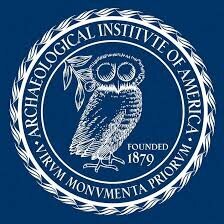Registration is required: Please register: HERE
In the collection of Philadelphia Museum of Art is an exceptional Nepali painting that depicts pilgrims walking winding paths, fording fast-flowing rivers, and climbing steep cliffs as they make their way through the Kathmandu Valley. Their destination—the holy lake of Gosainkund—is at the right end of the painting and pilgrims traverse the work’s fourteen feet, three and a half inches (4.35 metres) to reach it. On the road they encounter numerous sacred sites that dot the urban centres or stand alone in the landscape.
This article probes how the format of the Gosainkund painting lends itself to the creation of a sacred map that unfolds experientially, and, in turn, reinforces the religious potency of the Kathmandu Valley and beyond. Rather than focusing on scientific precision, the artist appears to use the horizontality of the object to plot towns, rivers, and mountains in relation to each other as they might be encountered on a journey. I believe this assists viewers in locating sacred sites—which are often identified by hand-written labels—and allows them to use the painting to trace a unique pilgrimage, choosing the places they want to “visit” en route. By walking along the length of the work and following an individualized route with their eyes, I suggest that viewers are able to emulate the bodily movements of the pilgrims who make their way through the valley, performing darshan at select spots. And while viewers are unable to bathe in the purifying waters of the holy lake, they may accrue religious merit by offering worship at Gosainkund—the remnants of ritual substances sprinkled on the deity represented within the holy lake are still visible, transforming the painting into an icon and making it a potent stand-in for a physical pilgrimage.
Dr. Neeraja Poddar is the Ira Brind and Stacey Spector Associate Curator of South Asian Art at the Philadelphia Museum of Art.


